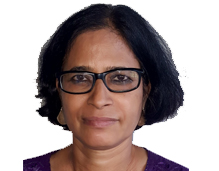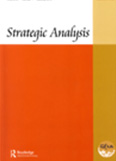Sheikh Hasina’s Visit to India: an opportunity to broaden the relationship
Sheikh Hasina’s visit should not be seen through the narrow prism of an agreement on defence cooperation or Teesta but through the broader perspective of the unexplored potential in India-Bangladesh relations.
- Published: April 07, 2017
















